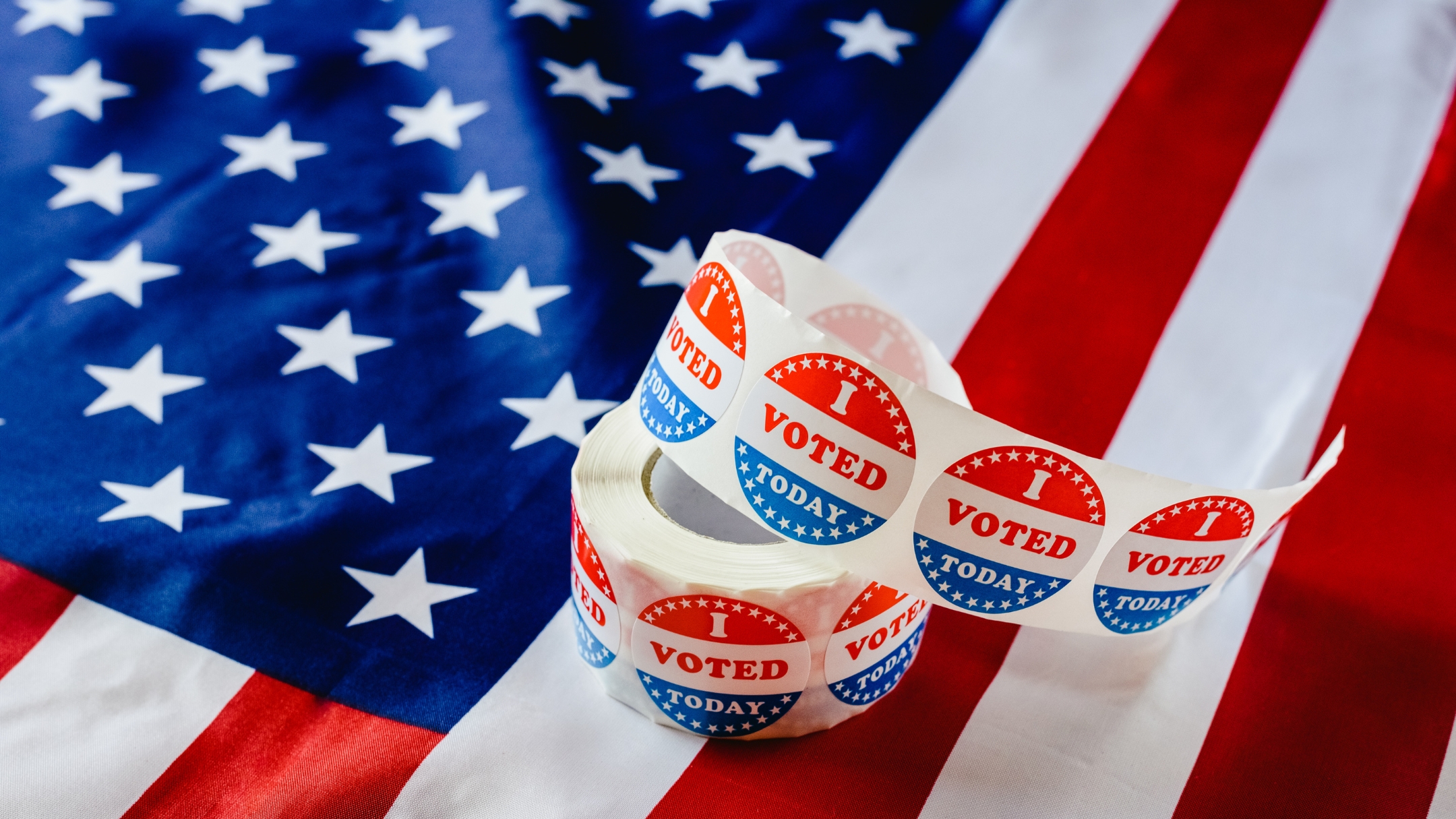#1: Electric and hybrid vehicles are the future of automotive
Not surprisingly, many original equipment manufacturers (OEMs) focused their efforts on displaying their new lines of electric vehicles and plug-in hybrids, but this time with a slightly different twist. Traditionally, electric vehicles were more likely to be smaller sedans, but as the consumer market continues to migrate toward larger vehicles, it became abundantly clear that significant R&D budgets went to electrifying crossovers and SUVs for this year’s show. Case in point: at the entrance to the West Hall at the LA Convention Center, visitors were met with Audi’s e-tron lineup with several electric SUVs on prominent display, including their all-new fully electric e-tron Sportback.
Volkswagen debuted the I.D. Space Vizzion, an electric wagon that promises 300 miles on a single charge when it comes to the U.S. in 2022. In the same year, the new VW Bus, dubbed the I.D. Buzz, will also debut.
Crowds gathered around the Ford exhibit all day to view their new electric crossover, the Mustang Mach-E, which is a massive departure from the Mustang’s tradition of muscle and brawn.
Hybrid pioneer Toyota announced at the show that their goal was to “sell 25% hybrids by 2025” as they debuted the 2021 RAV4 Prime hybrid, which is primed be the second fastest Toyota in their lineup after the Supra.
Other models on the floor included Subaru’s Crosstrek Hybrid and Lincoln’s Corsair Hybrid. Judging by the number of electric and hybrid vehicles on the show floor, it was clear that electric and hybrid vehicles will continue to play a big part in the automotive discussion in the coming year.
#2: Automotive brands are aligning more closely with consumer lifestyles
One way brands are differentiating themselves from the competition is by aligning their offerings with today’s consumer lifestyles. Jeep, Subaru, Kia and Mazda were some examples of brands tapping into the lifestyle component of their target audiences with their marketing strategy.
Subaru outfitted their section of the showroom floor to look like a national park, complete with HD screens on the floor (which featured a river from Yosemite and hot springs from Yellowstone) as well as the walls featuring landscapes from national parks around the country. Parked amongst the scenery was their line of crossovers and SUVs, each paired with a kayak, skis or surfboard. Also on the showroom floor? Dogs. Clearly, they’ve pegged their audience of active outdoors enthusiasts/canine lovers and made them feel right at home.
Jeep had a similarly rugged display, with their Wrangler set amidst rocks and mountain props to appeal to the adventurer and reinforce their motto: “Go Anywhere. Do Anything.”
Kia’s new offering, dubbed the Seltos, was unveiled with a clever take on “Jurassic Park”. As their CEO wandered through a jungle on a big screen behind the stage, he wrangled the new vehicle, caged it up, and released it to a raucous applause from the crowd. The Seltos looked right at home off the beaten path, with four-wheel drive, a rugged exterior and even floodlights available on their Seltos X-Line concept.
Mazda unveiled their “sleek, bold and sharp” new CX-30 crossover, with its four-wheel drive, 186 horsepower, and off-road traction assist features, in addition to its design. As Mazda continues its ascent into the luxury space with its focus on lifestyle marketing, president of North American Operations Jeffrey Guyton mentioned Mazda’s partnership with National Geographic, inspiring consumers to “seek and capture stories of inspiration” to share with others.
#3: Technology is becoming more and more integrated into vehicles and the way people experience vehicles
On the showroom floor, brands were employing technology to draw visitors into experiencing their vehicle models; many of the booths we saw incorporated racing and driving simulation video games in order to provide consumers with the ability to virtually test out the vehicles.
Within the vehicles themselves, it was made clear that modern cars are becoming more and more like computers, in the sense that the built-in technology enables the driver to understand what is happening with a car at any given moment. Brake sensors that can notify consumers that they need a replacement, or anti-collision warning technology (which we saw at Subaru) are a few examples of cars made smarter. Likewise, Mercedes’ new navigation technologies aim to provide drivers with 3D renderings that allow for more accuracy in navigation. Outside of safety features, technology is also being applied to increase rider comfort, as illustrated by the heated steering wheels at Mazda and massaging seats at Mercedes. Experience is everything and automakers are investing in developing technology that provides consumers with a personalized vehicle experience.
As technology continues to advance and impact the automotive space, we’ll be here to update you on the latest developments!
Are you an automotive marketer who is looking to better connect with consumers and boost your advertising efforts? Contact us for more details on how our automotive advertising experts at VDX.tv can help you navigate the latest industry trends and captivate, compel and convert your most relevant consumers with tailormade video-driven experiences.





